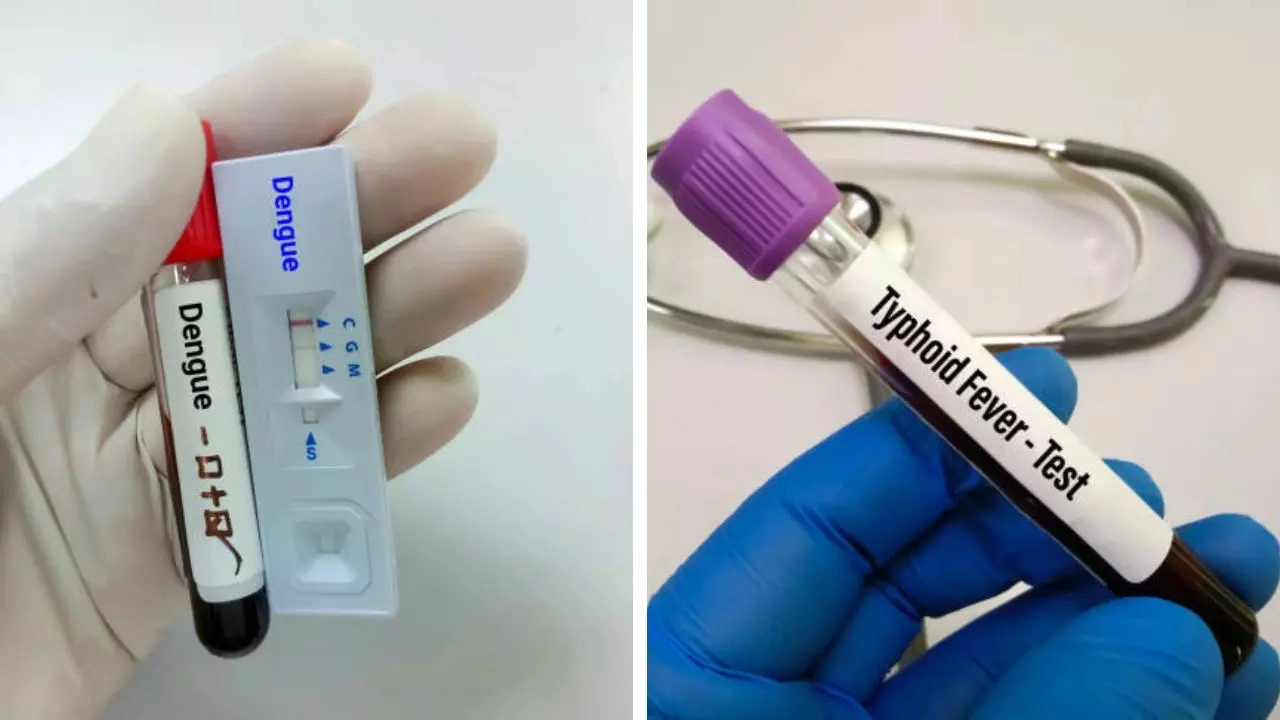Ashima Sharda Mahindra • 18 Aug 2024
How To Detect And Prevent Dengue And Typhoid Co-Infection During Monsoon?

Even though there are many differences in transmission, co-infections with typhoid and dengue still take place
In the rainy season, diseases like dengue, malaria, and typhoid aggravate various conditions – leading to symptoms like fatigue, headache, and abdominal pain. And since most of them exhibit similar signs, it becomes difficult to diagnose and detect them as well.
According to the World Health Organization, typhoid - caused by the bacterium Salmonella typhi, is not just a life-threatening condition that caused an estimated 9 million infections in 2019 and results in 110,000 deaths annually but is also debilitating and leads to low immunity.
Similarly, dengue - a viral disease spread by certain types of mosquitoes, is prevalent in tropical and subtropical areas. Even though it is often symptomatic, dengue can cause mild or severe symptoms, which take a long time to heal.
And so, the question is how can you differentiate between these illnesses, and how can you prevent them?
Risk of Typhoid and dengue co-infection
According to experts, even though rare - dengue and typhoid co-infections occur in people, especially during monsoons when the risk is higher. A study published in the Journal of Clinical and Diagnostic Research found a co-infection rate of 7.8 per cent.
Doctors say that even though there are many differences in transmission, co-infections with typhoid and dengue still take place in areas where both diseases are prevalent, and the risk factors for both diseases coincide like flooding and poor sanitation – especially during the monsoons.
Ways to differentiate between dengue and typhoid
Both dengue and typhoid have similar symptoms, including:
- High fever
- Fatigue and tiredness
- Severe headaches
- General body aches
How to prevent dengue and typhoid co-infection?
To prevent a co-infection during the rainy season, make sure to:
Always drink safe and clean drinking water
If clean water is not available, make sure to boil and cool it before drinking. You can also add some chlorine to treat your drinking water.
Maintain proper sanitation
Larvae of mosquitoes that cause infections breed in places that are dirty and unhygienic. So, make sure to keep proper sanitation around and keep your living areas clean.
Avoid eating street foods
Make sure to eat homemade food and avoid eating from street vendors since you may not be sure about the quality of food that is being served.
Get a typhoid vaccination
Typhoid vaccines prevent typhoid fever. These include the typhoid conjugate vaccine TCV and the Vi capsular polysaccharide vaccine – both of which are for children ages 6 months and older and adults up to 45 or 65 years old.
Get Latest News Live on Times Now along with Breaking News and Top Headlines from Health and around the world.